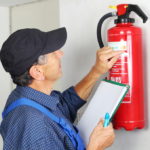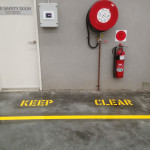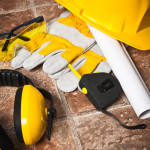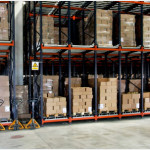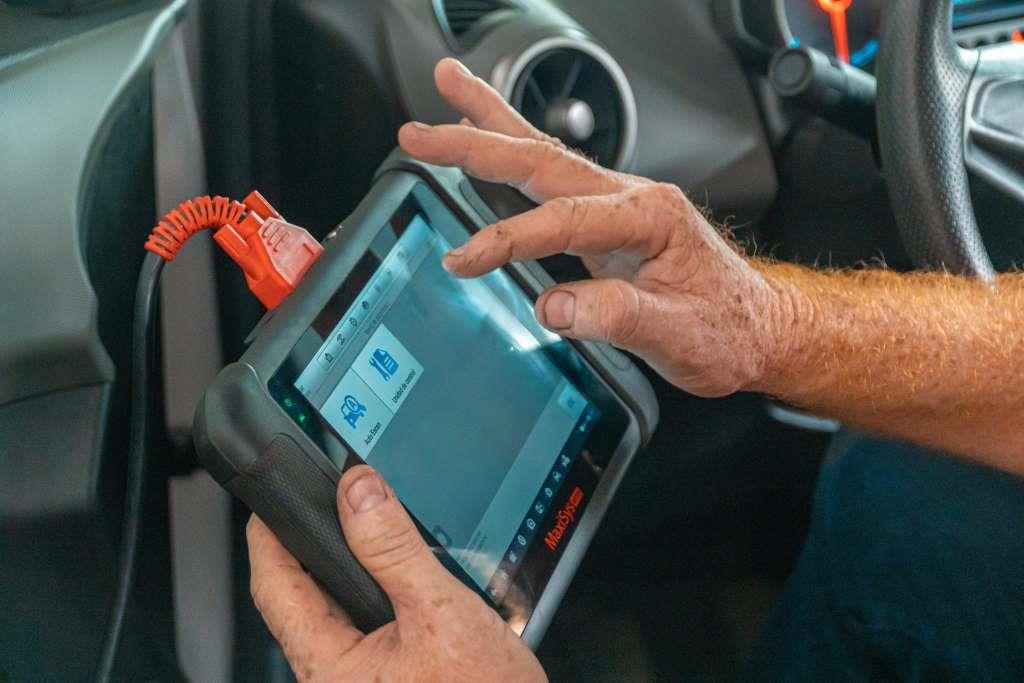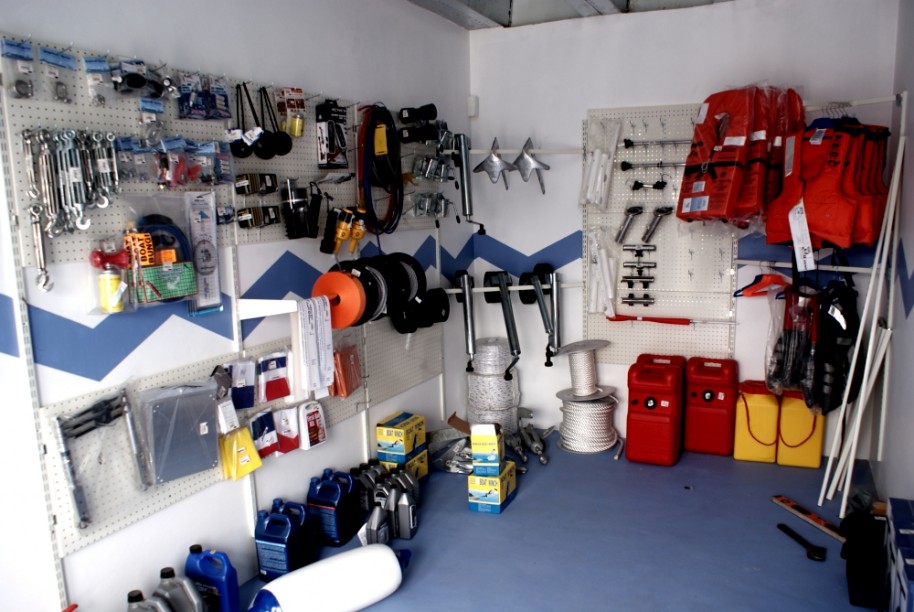
Once upon a time there were sailors, boatmen and fishermen, also pirates, who battled the perils at sea with the ‘sweat of a man’s brow and the strength of his back alone’ (Captain Hector Barbossa played by Sir Geoffrey Rush in the Pirates of the Caribbean films). Today, technology has taken over and sailing has certainly become easier, more efficient and accessible to those who aren’t sailors or even great swimmers and more importantly the whole adventure is now safer. However, the level of safety depends entirely on what you are doing, with whom and aboard what, with what level of training or familiarity and the kind of safety equipment you have on you.
Whether you are vying to become a certified scuba diver or you are interested in kayaking, parasailing or just taking your cruise along the Riviera, you should have the quintessential marine safety equipment. Since there are plenty of gears you must pack in and some come with the ship, yacht, boat or vessel you pick, you must sort out the requisites that you need to gather and have on your own.
Anchoring and windlass equipment along with bilge pumps and accessories are not a necessity in every scenario. You would only need these when the boat you have rented doesn’t have these or there is no helper representing the rental company. Charts and onboard equipment are almost always ensured so you don’t have to bother about these. However, you do need some binoculars of your own. Do not rely on the rental company or the others aboard to lend you one.
With technology doing most of the work, you don’t really need clocks or barometers, compasses or any special gear to avert collision damage unless it is a vessel to be sailed or rowed manually. You do need distress flares, fire extinguishers and other firefighting tools. Simply because you are on water doesn’t imply you are safe from or immune to fire.
First aid, medicines for sea sickness, gas detectors and gas alarms, horns or bells and navigation lights are imperative on the checklist. You would also need your own communication systems in addition to what there may be onboard. Get a VHF marine radio kit. VHF is very high frequency that is used on sea. Short waves and high frequency are best used on land.
The singularly most important requirement is a life jacket. You must not check out the cheapest life jackets for sale. Do not opt for unreliable ones. Ensure that the onboard life rafts are in impeccable condition. Else, opt for liferaft servicing. These measures will save your life if you have a misadventure.
Latest posts by Donna Henty (see all)
- A Checklist Of Marine Safety Equipment - February 20, 2017







